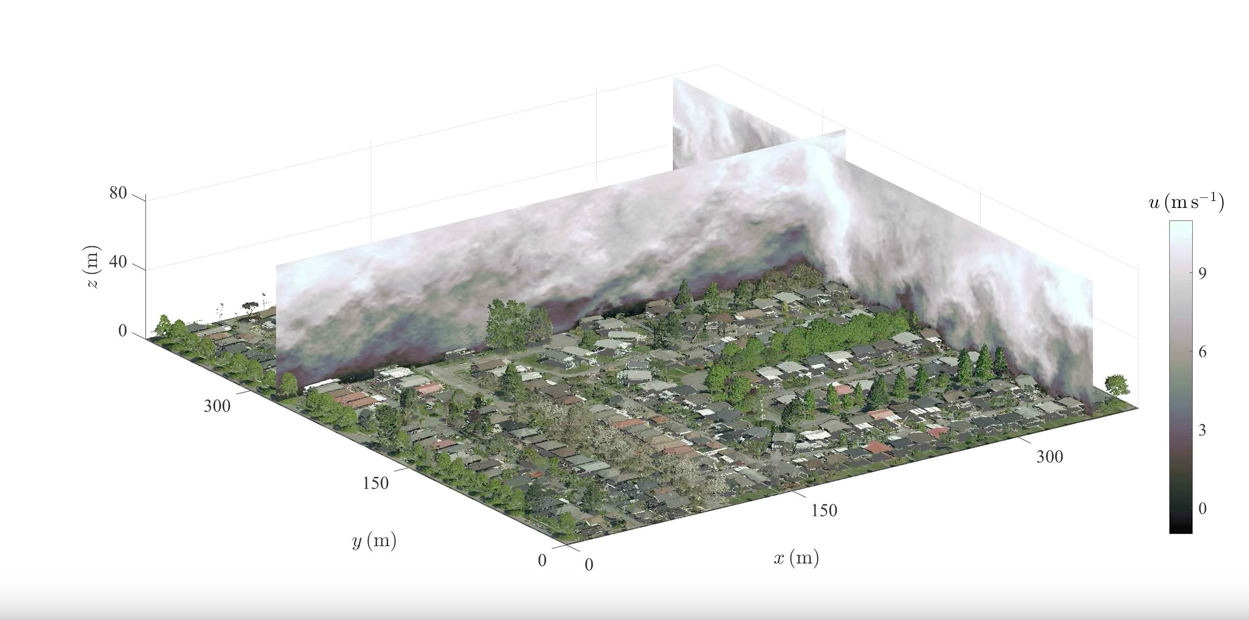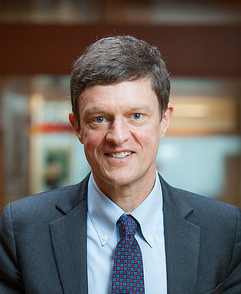
UBC Study: trees can make or break city weather
July 26, 2017
By
CCE
Removing all the trees around buildings drove up the building’s energy consumption by as much as 10% in winter and 15% in summer.

Streetscape studied by UBC researchers (photo: UBC/Flickr)
A new University of British Columbia study, “Effects of trees on mean wind, turbulence and momentum exchange within and above a real urban environment”, finds that losing a single tree in a city can increase wind pressure on nearby buildings and drive up heating costs.
Using remote-sensing laser technology to create a highly detailed computer model of a Vancouver neighbourhood down to every tree, plant and building, researchers used computer simulation to determine how different scenarios—no trees, bare trees, and trees in full leaf—affect airflow and heat patterns around individual streets and houses.

Marco Giometto
“We found that removing all trees can increase wind speed by a factor of two, which would make a noticeable difference to someone walking down the street. For example, a 15 km/h wind speed is pleasant, whereas walking in 30 km/h wind is more challenging,” said lead author Marco Giometto in a media release. Giometto wrote the paper as a postdoctoral fellow in civil engineering at UBC.
The study also measured how trees moderated the impact of wind pressure on buildings.
“Wind pressure is responsible for as much as a third of a building’s energy consumption. Using our model, we found that removing all the trees around buildings drove up the building’s energy consumption by as much as 10% in winter and 15% in summer,” said Giometto.

Wind simulation
The researchers compared the simulated scenarios against a decade of measured wind data from a 30-metre-tall research tower operated by UBC in the same Vancouver neighbourhood. They discovered that even bare trees in the winter months can moderate airflow and wind pressure, contributing to a more comfortable environment.

Marc Parlange
“Even bare branches play a role. Deciduous trees, which shed their leaves every year, reduce pressure loading on buildings throughout the year–it’s not only evergreens that are important in the city,” said Marc Parlange, who supervised the work while a professor of civil engineering at UBC.
The model, piloted last year, is the first to simulate a real urban neighbourhood in extreme detail, added study co-author and UBC geography professor Andreas Christen.
“Information from such models can improve weather forecasts in order to predict the effects of a storm on a building and pedestrian level,” said Christen. “It could also help city planners in designing buildings, streets, and city blocks to maximize people’s comfort and limit wind speed to reduce energy loss.”
“Effects of trees on mean wind, turbulence and momentum exchange within and above a real urban environment” was published today in Advances in Water Resources. Nicholas Coops, a professor of forestry and Canada Research Chair in Remote Sensing at UBC, also contributed to the study.